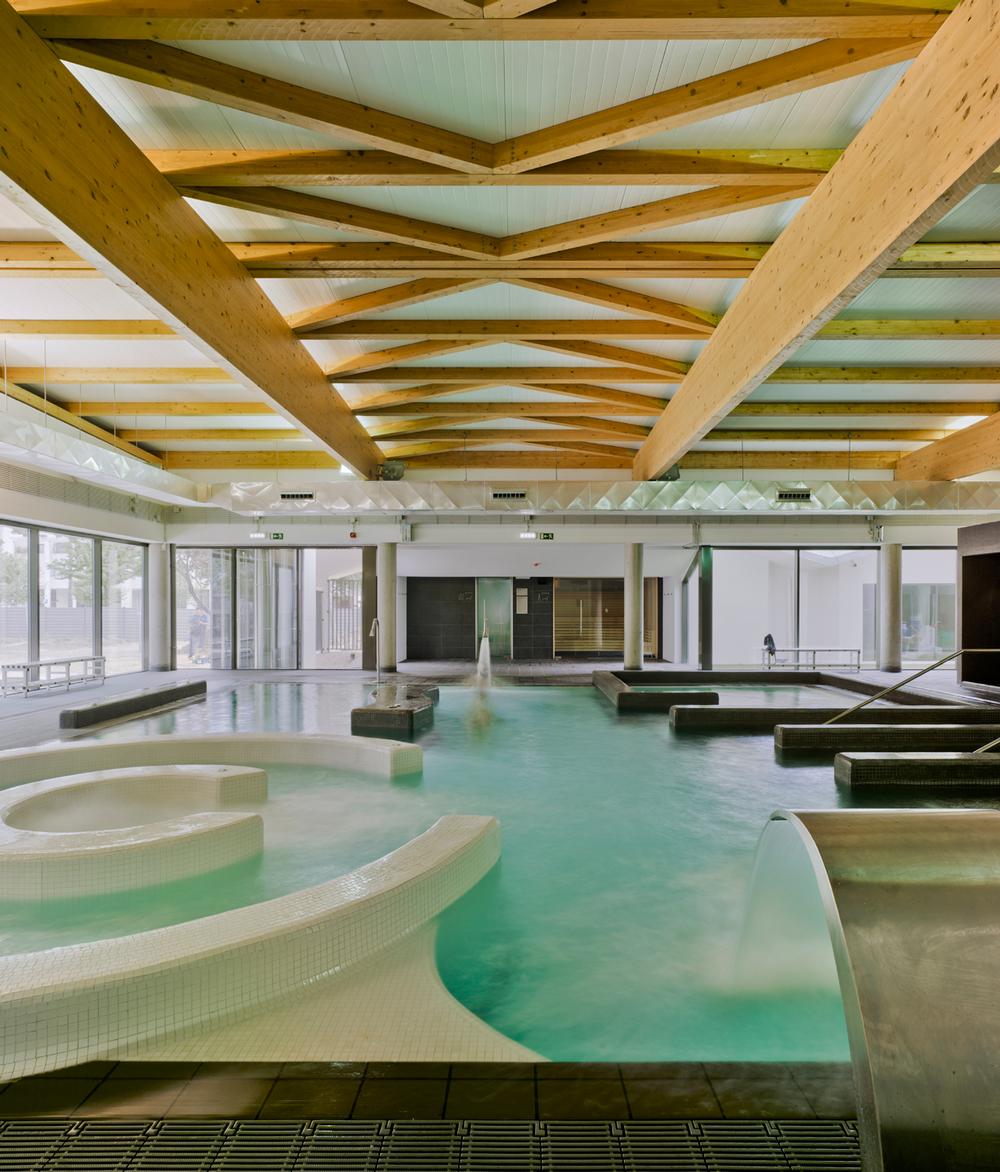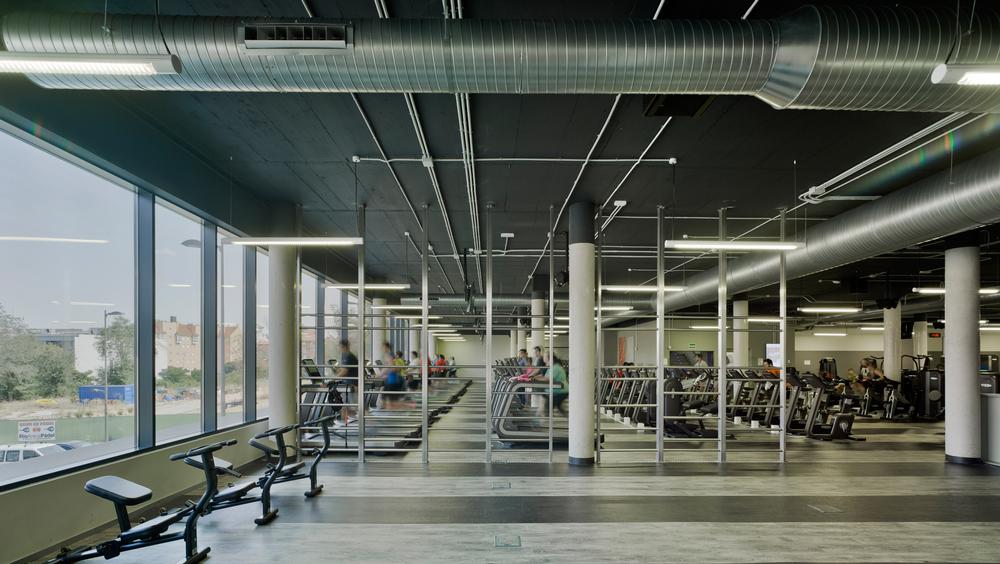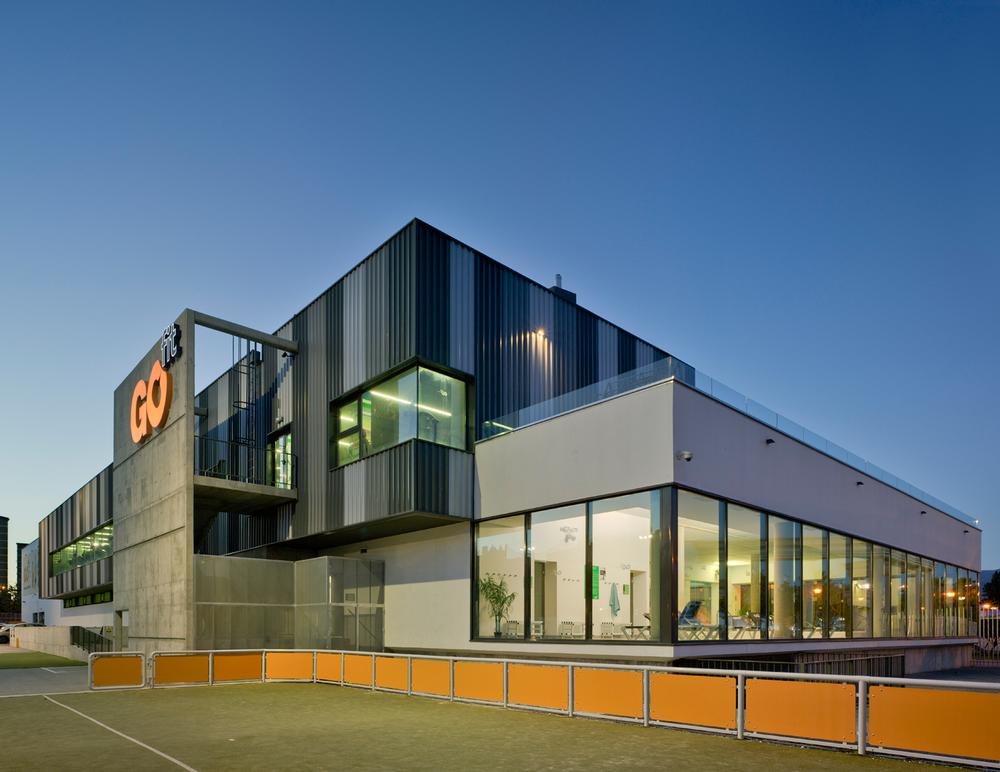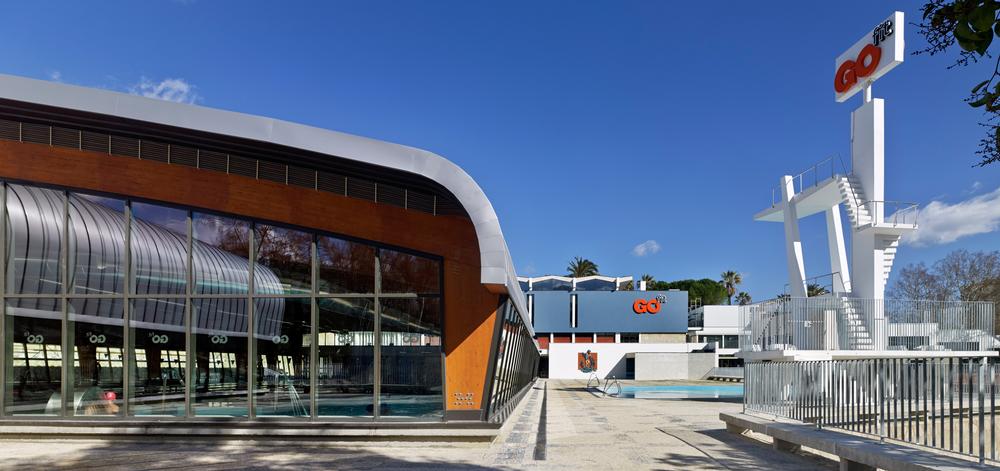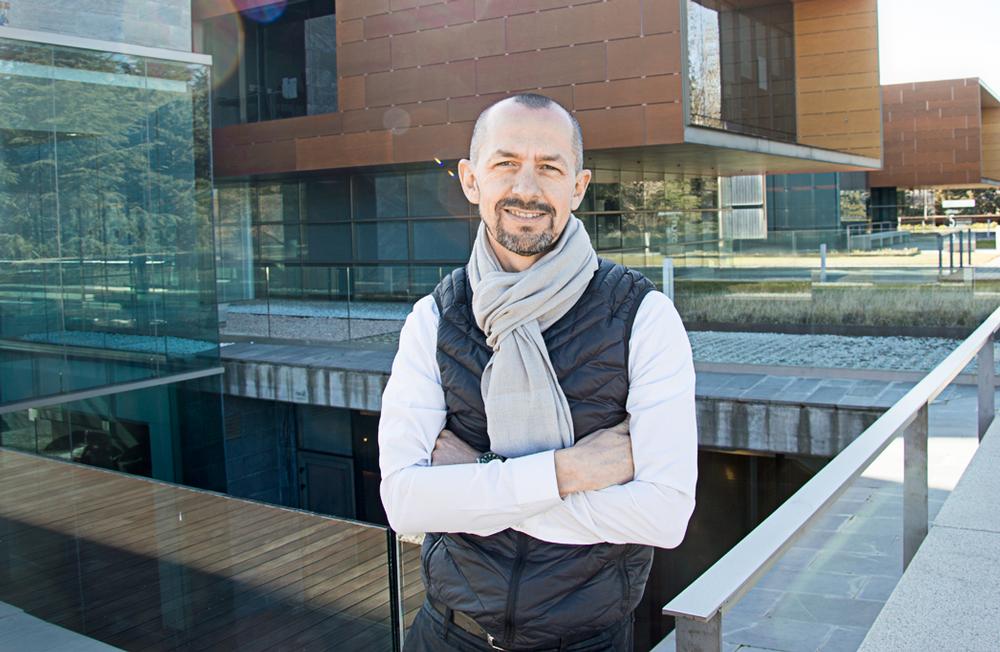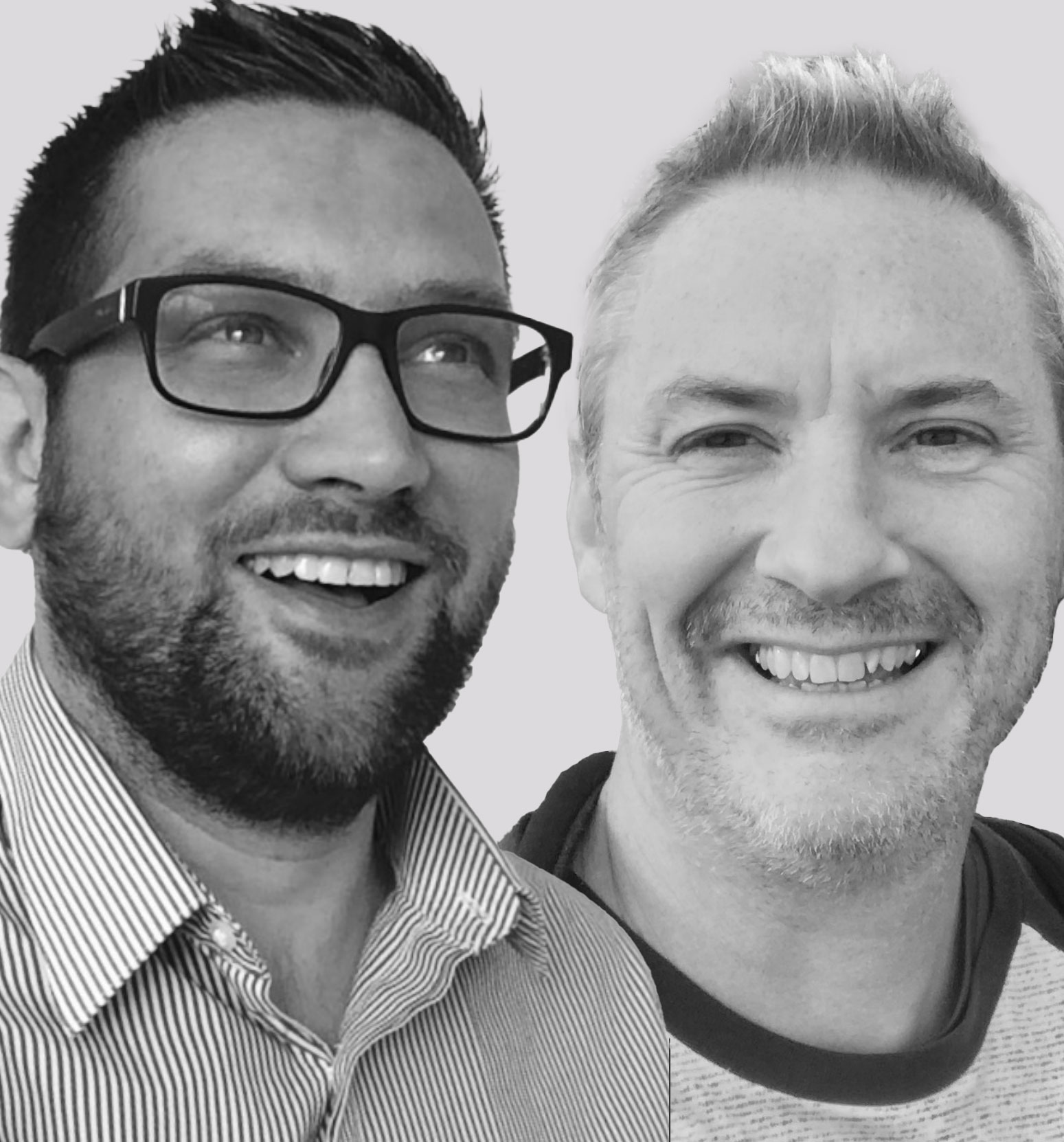With recent figures indicating that 67 per cent of the population of Spain never undertakes any kind of vigorous exercise, the country has a serious inactivity problem on its hands. And it’s a problem Spain’s town councils are addressing by tackling the most common barriers to exercise: cost and accessibility.
One approach that’s proving effective is a concession-style business model that allows private companies to bid for long-term contracts to build and run low-cost but high-quality fitness facilities on public land, to make exercise more accessible.
It’s a model that, according to Gabriel Sáez-Irigoyen – CEO of Spanish fitness facility operator Ingesport – not only makes good business sense for operators, but also saves the council and taxpayers a significant amount of money.
“It’s estimated that it costs around €120m to operate council-run leisure centres in Madrid each year,” he explains. “But only €25m of that cost is covered by member payments. That leaves a deficit of €95m every single year. Just imagine how many schools, how many police, how many other vital services the city could have with an extra €95m.”
GO fit Peñagrande
Like many operators in the region, Saez-Irigoyen has been quick to embrace the model, using it to expand the presence of Ingesport’s GO fit fitness centre brand throughout Iberia where possible. The newest club is a 20,000sq m facility in Peñagrande, Madrid, which opened its doors to an impressive 19,000 pre-signed members in late February.
With a monthly membership of just €81 for a family of four, the appeal of GO fit Peñagrande is obvious – especially when you consider the facilities: two indoor swimming pools, an outdoor pool, outdoor CrossFit terrace, spa, sauna, indoor cycling studio, three group exercise studios and a top-of-the-range gym – fully kitted out with the latest cutting-edge technology from Technogym.
But according to Saez-Irigoyen, the appeal extends far beyond the wide range of high-quality services and low price.
“Large gyms tend to spend a lot of time and energy on offering value for money, providing great technology and offering all the services members want,” says Saez-Irigoyen, “But very few offer all of these things within a scientifically-based personalised programme. And that’s strange because it’s exactly this type of well-researched offering that gives members what they really want and need: long-lasting results and improvements in all areas of their health”.
“We ask customers for their time, money and effort – all of which are precious to them – so we should have a greater commitment to giving to them real results,” he says.
“I’m not talking only about results from physical activity, but results that span their overall health and wellbeing,” he explains. “If we’re able to advise them on the best training methods, when and how to do them, and also advise them on how to sleep, manage daily stress, become more mindful etc, I think we’ll be able to truly increase the happiness of our customers.”
And that’s GO fit Peñagrande’s USP.
Tapping into sports science
Working in partnership with Coventry University’s Centre for Innovative Research Across the Life Course (CIRAL) since early 2017, GO fit is coming to the end of a pilot designed to explore how to deliver a personalised exercise prescription programme based on evaluations of physical capacity and health status.
Led by the university’s professor of exercise science and health, Alfonso Jimenez, Ingesport set up a research unit – called the GO fit LAB – within its Vallehermoso club in Madrid, where it has been gathering health data.
“Once we’ve finished the pilot, we’ll start offering tailored exercise programmes – supported by the GO fit Index – to all our health club members in 2018,” says Jimenez.
“It’s going to focus on seven key areas, such as cardiovascular disease risk factors (including obesity, diabetes, cholesterol and blood pressure), physical activity levels and nutritional habits. We’ll make these a core part of members’ training goals,” he explains.
“Everyone will be analysed when they join, their current health will be determined and goals for all seven areas of health will be set.
However, we won’t just set the goals and leave them to get on with it.
“If a customer comes in with high cholesterol and high blood pressure, we’ll be able to tell them, ‘we can decrease your levels of bad cholesterol by 32 per cent’, and we can do that because our research has shown that 96.7 per cent of those who use our method achieve this goal.
“But we stand by our approach, so we’ll also tell them, ‘If you don’t hit that 32 per cent reduction, we’ll give you back your money because it means that for whatever reason, our method doesn’t work for you,” says Jimenez.
It’s an idea that’s been long in the making. “In 2014 to 2015, the company was very successful,” says Saez-Irigoyen. “But I felt that GO fit was stagnating. We were taking the same approach as everyone else in the sector, and not giving our customers the right answers in their quest for improvements.
“So we did an analysis of our services and resources and immediately spotted that, like everyone else in the sector, GO fit was really failing to use proven science in the process we were using to manage the member journey.”
So how did this observation lead to a partnership with a UK university? “Alfonso and I studied together,” says Saez-Irigoyen. “We were in the same class, but while I was the worst student, he was the best,” he adds with a mischievous smile.
“When I started thinking about making GO fit more scientific, I remembered what an amazing brain he had and how capable he was, so I got in touch with him. I told him about the challenge I was trying to overcome and it was like a meeting of minds. We said, ‘Okay, let’s go for this’ and we’ve now been working at it together for the last three years.”
Perfect timing
The timing, says Jimenez, has been perfect. “The current tsunami of inactivity is putting a lot of pressure on public health services and the fitness industry is well positioned to be a key architect of change. We have the expertise, experience and knowledge needed to do things in a different way and achieve better results for our members,” he explains.
According to both Saez-Irigoyen and Jimenez, the success of the GO fit approach depends not only on the scientific rigour behind it, but also on its execution. As such, members will have their health markers reassessed on a regular basis – depending on their particular needs – and will be given free access to health advisors throughout the gym.
“When you enter the Peñagrande club, the first thing you’ll notice is that we don’t have receptionists sitting behind a desk,” says Saez-Irigoyen. “We’ve moved them out to act as health advisors, giving members advice on everything related to their health. They’re all trained by Alfonso’s team and certified by Coventry University and Universidad Rey Juan Carlos as being qualified to advise on health.”
He continues: “Another change from the traditional health club set-up is that we’ve taken away the mechanical procedures that customers can now do online. Instead, we have touchscreen kiosks that members can use. This allows our staff to focus on that health advisor role instead of on admin.”
“To achieve true change and member commitment, you’ve got to actively engage with and advise people,” says Jimenez. “We’re focused on creating a transformational journey for our members, with the GO fit team on hand to nurture, support and facilitate that process.”
“I like to compare what we’re doing to the first Apple Stores,” continues Jimenez. “Smart phones were a new way of doing things and the company did a great job of being there for its customers. It had lots of advisors on its shop floors, helping customers with both simple and complex problems.”
The GO fit experience
While putting science centre stage is a key priority for the GO fit team, it’s still eager to ensure its actual fitness offering is also exemplary. One way it’s doing this is through its group exercise experience, as Saez-Irigoyen explains: “Around 35 per cent of GO fit members visit our facilities for group exercise, so we need to offer them the best possible experience,” he says. “We want to bring boutique experiences into our group exercise programmes – that means boutique-style boxing, mindfulness and indoor cycling classes are all on offer at the new Peñagrande club.”
Aside from bringing the boutique experience to a big-box gym setting, Saez-Irigoyen is also keen for GO fit to lead the way in children’s exercise. “Around 40,000 of GO fit’s customers are children and we have a responsibility to deliver a service that positively impacts their health,” he says. “We’re already doing this by providing a range of activities, from those for children who enjoy sport, to those that don’t and Super Kids sessions in which parents and children get active together.”
The company doesn’t stop at children’s exercise. Instead it aims to provide some sort of service for all popular forms of physical activity, from running to cycling and team sports.
“Our goal is to reach 100 per cent of the local population, and we can only do this by demonstrating that we’re the best place people can go to get advice on the type of activity they’re interested in – whatever it is,” says Saez-Irigoyen.
He adds: “We’ve kept the quality of everything we do high – equipment, space design, general facilities, etc. – but kept our prices low, to ensure we attract people from all walks of life.”
“And we’re masters at dealing with high levels of footfall without compromising the quality of the service. Our spaces are always clean, equipment is in working order and you’ll never find members queuing to use a treadmill or shower.”
Thinking long-term
As the first of GO fit’s 18 clubs across Spain and Portugal to adopt the GO fit Index and associated club format, it’s easy to view the Peñagrande facility as the exception rather than the rule; however, Saez-Irigoyen says the plan is to establish and fine-tune the new mode of operation in the new Madrid club before introducing it into the company’s other facilities. “This year is the prototype year for us,” he says.
Jimenez agrees. “2018 is the year of intensive research into this concept, 2019 will be the year we drive the programme into all the company’s centres and 2020 will be the year in which absolutely everything we do will be evidence-based and implemented with cutting-edge technology,” he explains.
“We’re committed to a systemic approach to promoting active living, from physical activity counselling to exercise prescription and sports participation,” adds Jimenez. “It’s a complex and challenging approach, but we’re nearly there.”
He concludes: “It’s an exciting initiative, not only for us, but also for the industry as a whole. We’re confident that our success will show how much of a difference it can make when you address the full spectrum of members’ needs in a supportive and stimulating environment. We believe it will be a game changer, an absolute game changer.”








